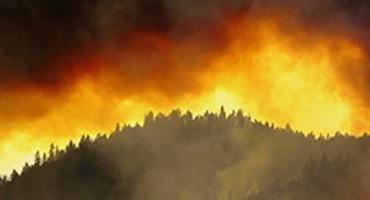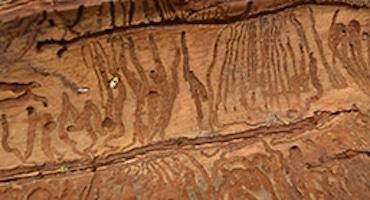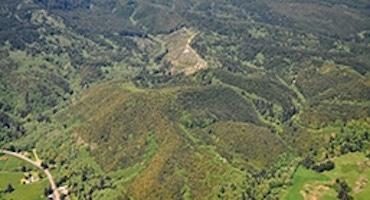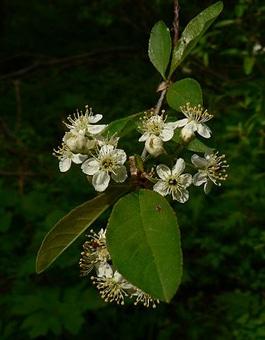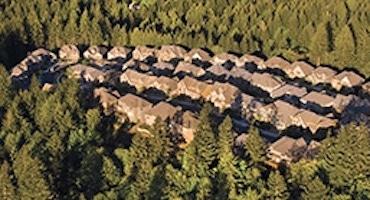
Oregon’s forests provide a host of benefits to our state, including clean air and water, fish and wildlife habitat, recreation and scenic beauty. But our forests are vulnerable to multiple threats. Some are natural factors such as fire, insects, disease, or wind and ice storms. Others, such as climate change, invasive species and forestland conversion, are a result of human activity. Each threat can have a devastating impact on the landscape, offsetting the careful balance required for a forest to stay healthy and resilient.
Fortunately, there is a proven method to combat these threats and protect our forests for future generations: active forest management. It is the role of scientific forest management to ensure that private and public forests, reserves and wilderness areas function as resilient ecosystems.
Active forest management may include planning, thinning, prescribed burning, timber harvest and replanting.
Foresters and forest landowners develop plans that specifically address their objectives regarding the well-being of wildlife, the quality of watersheds, the health of the trees and plants, and the reduction of fires, insect infestations and diseases.
Any time you provide for recreational use, suppress a fire or accommodate urban growth, it alters the natural cycle of a forest. By providing both the wood products and recreational access society desires, active forest management helps balance a forest's environmental, social and economic values.
Learn more about forest threats and active forest management:
